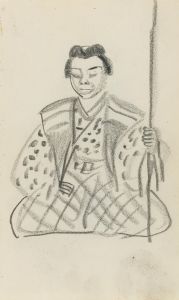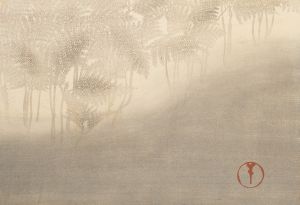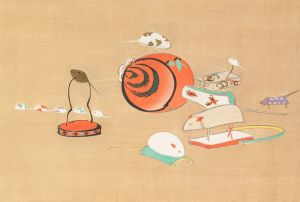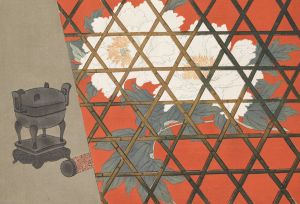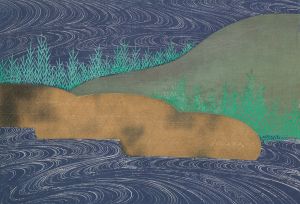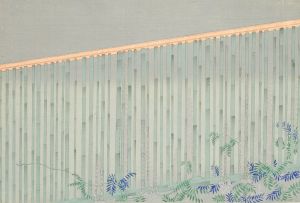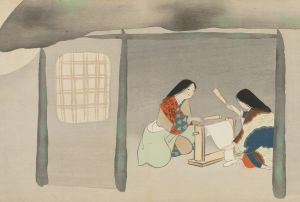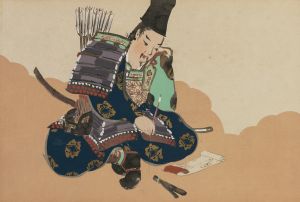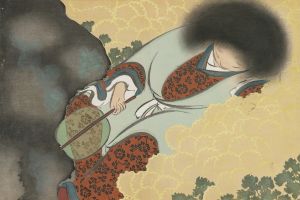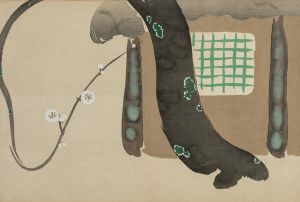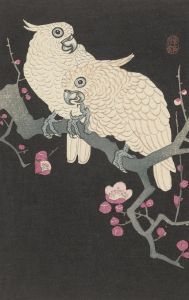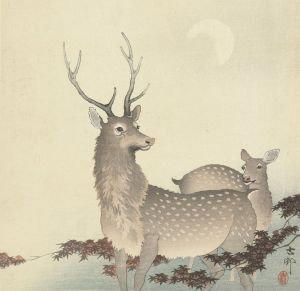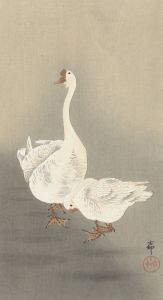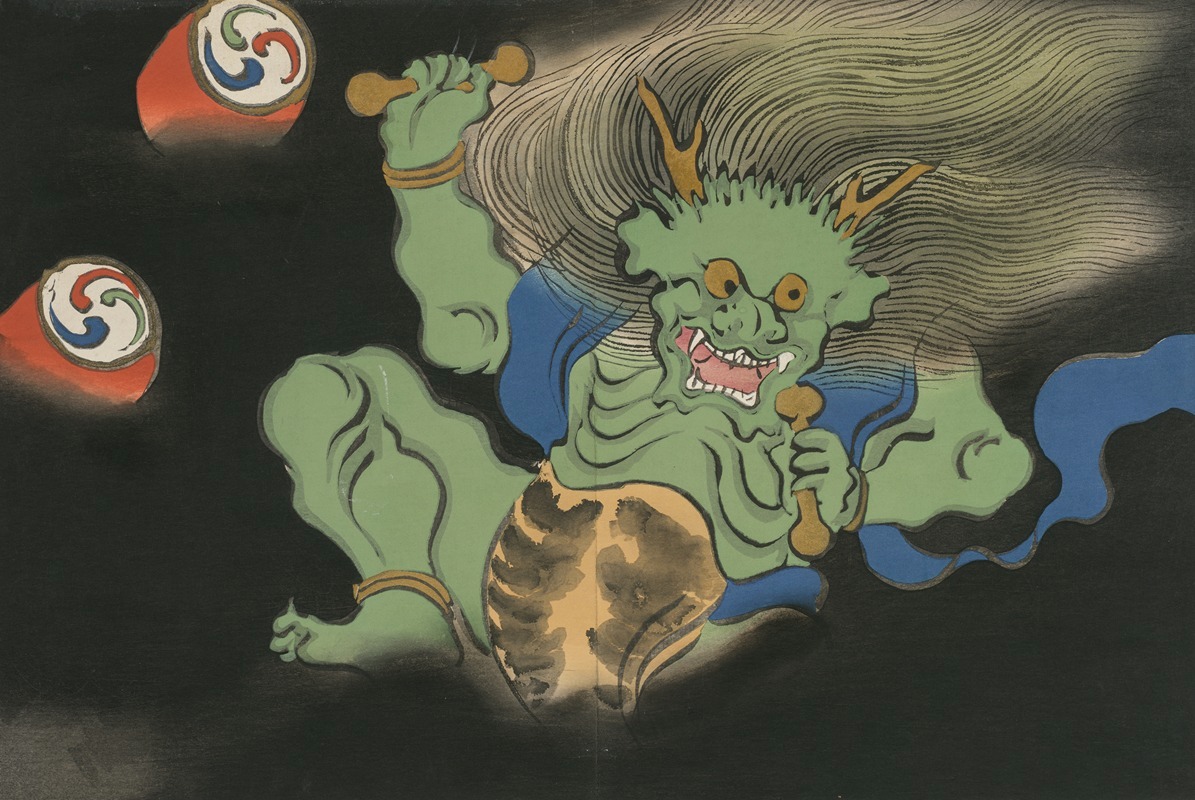
God of Thunder
A hand-painted replica of Kamisaka Sekka’s masterpiece God of Thunder, meticulously crafted by professional artists to capture the true essence of the original. Each piece is created with museum-quality canvas and rare mineral pigments, carefully painted by experienced artists with delicate brushstrokes and rich, layered colors to perfectly recreate the texture of the original artwork. Unlike machine-printed reproductions, this hand-painted version brings the painting to life, infused with the artist’s emotions and skill in every stroke. Whether for personal collection or home decoration, it instantly elevates the artistic atmosphere of any space.
Kamisaka Sekka (1866–1942) was a prominent Japanese artist and designer, known for his contributions to the Rinpa school of painting, which is characterized by its use of vibrant colors, bold patterns, and a blend of traditional Japanese and modern Western techniques. One of his notable works is "God of Thunder" (Raijin), which exemplifies his mastery in combining traditional Japanese aesthetics with contemporary influences.
"God of Thunder" by Kamisaka Sekka is a striking representation of Raijin, the Japanese god of thunder, lightning, and storms. Raijin is a well-known figure in Japanese mythology and is often depicted as a fearsome deity surrounded by drums, which he uses to create thunder. In Sekka's portrayal, Raijin is rendered with a dynamic sense of movement and energy, capturing the powerful and awe-inspiring nature of the deity.
Sekka's "God of Thunder" is notable for its use of bold lines and vibrant colors, which are hallmarks of the Rinpa school. The painting features Raijin in a dramatic pose, surrounded by swirling clouds and lightning bolts. The use of gold leaf in the background adds a sense of opulence and divine presence, enhancing the overall impact of the artwork. Sekka's attention to detail and his ability to convey motion and emotion through his brushwork are evident in this piece.
The Rinpa school, which Sekka was associated with, originated in the early 17th century and was known for its decorative style and use of natural motifs. Sekka, however, brought a modern sensibility to the tradition, incorporating elements of Art Nouveau and other Western artistic movements into his work. This fusion of styles is evident in "God of Thunder," where traditional Japanese themes are presented with a fresh and innovative approach.
Sekka's influence extended beyond painting; he was also a prolific designer and contributed to various forms of decorative arts, including textiles, ceramics, and lacquerware. His work played a significant role in the modernization of Japanese art during the Meiji and Taisho periods, as he sought to preserve traditional techniques while embracing new ideas and technologies.
"God of Thunder" is a testament to Sekka's skill and creativity, showcasing his ability to blend tradition with innovation. The painting remains an important example of early 20th-century Japanese art and continues to be admired for its beauty and craftsmanship. Sekka's legacy as a bridge between the old and the new in Japanese art is well established, and his works, including "God of Thunder," are celebrated for their unique and enduring appeal.





